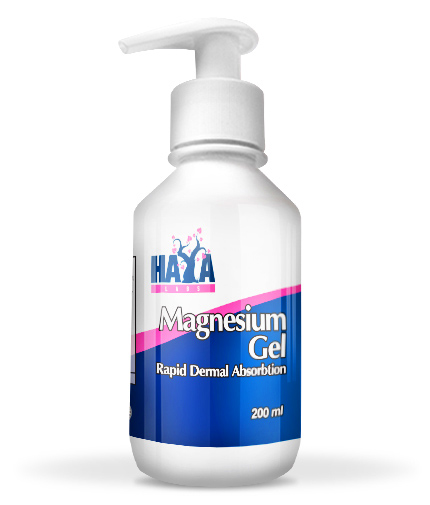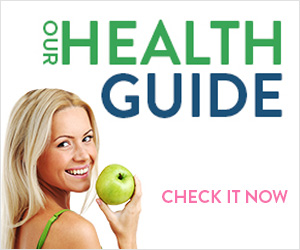
Brown sugar - How do we target different types in the supermarket?
0
1679
Origin and production of brown sugar
Sugar has many forms and names. In nature, however, none of them occurs in pure form. Natural foods with the highest concentration of sugar - the fruit, have fiber, vitamins and trace elements that supplement the sugar composition. Cane and beet and sugar derived is a concentrated extract of sucrose in which most of these items are missing.
Brown sugar is a product obtained from the production of white sugar and its specific color and aroma are due to the presence of molasses.
Molasses is a residual product obtained from the extraction of sugar from sugar cane. Its color and qualities depend on the age of the raw material used and the method by which it was harvested.
There are three types of reed molasses:
- Light molasses obtained during the primary processing of the raw material
- Dark molasses or those obtained during the second reed processing
- And the latter, known as blackstrap molasses.
In order to obtain the molasses, the primary raw material is milled. The resulting syrup obtained from this primary treatment is boiled to thicken to produce the crystallization of the sugar. This is also the first, light molasses, which is the most sugar-rich since it still has a minimum amount of it from the syrup. The dark molasses are produced by the second boiling of the syrup and it has a more tart flavor.
The third purification of sugar results in the darkest molasses, which is known for its specific slightly soaking taste. It has the least sugar content since most of the content has already been separated for further processing. In it remain a large part of the contents in the raw vitamins and minerals, it is a rich source of calcium, magnesium, potassium, and iron.
Types of brown sugar
According to the USDA (US Department of Agriculture) classification, brown sugar is divided into two main types - light and dark. Differences in color are due to the varying amount of molasses in the final product.
• Bright brown sugar - minimum sucrose 86%, maximum ash - 2.25%, maximum water content - 4.50%
• Dark brown sugar - minimum saccharose 86%, maximum ash - 3.25%, maximum water content - 4.50%
Unrefined cane or beet sugar as well as refined sugar with additionally enriched molasses are taken as brown.
In terms of healthy eating, refined sugar with added molasses is a product that has less valuable nutrients than raw brown sugar, so we'll look at it in more detail.
Unrefined or raw brown sugar is obtained by the first crystallization of the reed. Some species differ in color, taste, crystal size, humidity, and other characteristics, and some popular varieties have names that have become trademarks, the most famous of which are Muscovado, Demerara and Turbinado.
• Muscovado is the darkest sugar that can be found on the market, relatively more sticky than the other types, and has a specific flavor due to the reed syrup not separated from it during processing. It is obtained by dehydrating the reed juice without being subjected to further processing. The largest production of Muscovado sugar is reported in the Philippines and o.
read more
• Demerara is light brown sugar with large, golden crystals, slightly glued from molasses. To obtain this sugar the reed is milled and the juice from the first press thickens to form a thick reed syrup. This syrup is dehydrated, leaving large crystals of brown sugar. This product is not subjected to subsequent refining. Demerara is the name of an area in South America, on the territory of present-day Guyana, where production of this type of sugar has begun. The main exporter of such sugar is nowadays. Mauritius.
• Turbinado is a partially processed sugar in which minimal quantities of molasses have been removed. It has a deep golden brown color. It is made from freshly sliced sugar cane from which the juice is separated. Similar to the Demerara sugar extraction technology, part of the water content evaporates from the juice to achieve partial crystallization. To complete the dehydration process, the crystals are milled in a centrifuge. Turbinado is the most common alternative to white refined sugar, and its difference with it is that the resulting sugar is not subjected to crystal discoloration and bleaching but retains the natural color of the product.
There are many other types of raw, unrefined sugar that are typical of different parts of the world, but they are not as widespread and commercially impossible to find.
Nutritional properties
Compared to refined sugar, the raw, unrefined one has a slightly lower calorific value due to the higher water content. When brown sugar is obtained, processes such as boiling, bleaching, chemical treatment are avoided, or at least limited (depending on the type of the final product), which preserves a large proportion of the vitamins and minerals.
Nutritional composition of brown sugar per 100 grams:
Calories - 380kcal
Carbohydrates - 98,1g
Proteins - 0.1g
Phosphorus - 3,9mg.
Calcium - 85mg.
Magnesium - 23mg.
Potassium - 100mg.
Iron - 1,3mg.
Sodium - 28mg.






